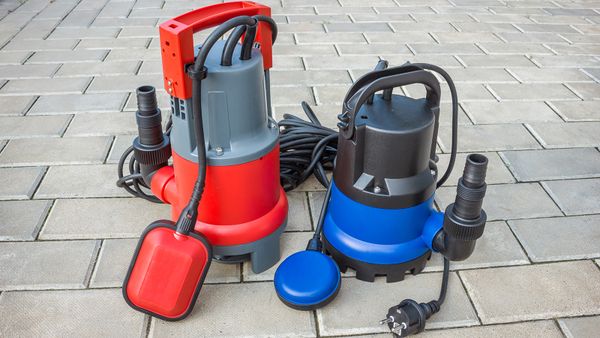A pipe wrench is the basic wrench type you picture when thinking of a wrench. While there are a number of variations of the pipe wrench (more on that later), all pipe wrenches are generally used to tighten or loosen pipe joints.
The first issue to using a pipe wrench properly is to use the right type of pipe wrench for your job. There are six main types of pipe wrenches. The straight pipe wrench (the basic one) can be used on all types of pipe work. An end pipe wrench has a head at a bit of angle and is designed to be used on pipes close to the wall or parallel work. An offset pipe wrench is used to grab onto pipes at awkward angles or in tight spots. A compound leverage pipe wrench is used for seized joints and provides extra leverage. A chain pipe wrench is best used when you have an extremely tight pipe. Finally, the strap pipe wrench can be used on pipes that are polished, plastic or plated.
Advertisement
Once you've selected the proper pipe wrench, attach it to the pipe correctly. Regardless of the size of your pipe wrench, make sure you leave space between the shank of the hook jaw on the pipe wrench and the pipe itself. The gap is what allows better gripping action by the pipe wrench on the pipe. For best turning and gripping action, keep this gap around 0.5 inches (1.3 centimeters) wide.
When you do have the pipe wrench grip the pipe, have the pipe sit in the "V" of the hook. The pipe needs to be in contact with both sides of that "V" to avoid any slippage of the wrench around the pipe.
Advertisement

